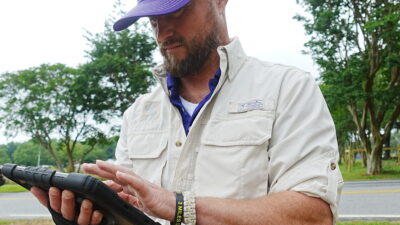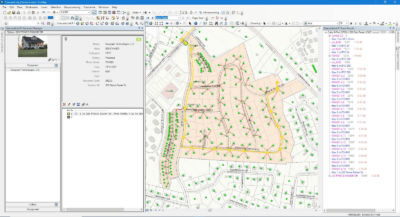It is amazing to believe, but the United States ranks 29th in Broadband penetration. Stop and think about that for a moment. While you ponder that ranking, here are a few more stats to consider. 84.2% of the U.S. population has access to the internet. 30% of all available homes have access to fiber. Take-rate penetration on that 30% results in only 14.5% of the population being served by FTTH service. For that 14.5%, we place 39th. My question is why?
I believe it’s fear. Fear of cost, fear of the unknown, fear of losing trades and jobs, and fear of managing multiple networks. We are all aware that the telecom industry has historically been slow to change. Copper networks built 50 years ago are still in operation today. The MSO market is reaching maturity, and HFC plants — while still providing value — are becoming dated. In fact, if we look at the math (84.2% – 14.5%), we can conclude that 69.7% of the U.S. population is receiving internet service, in whole or in part, by way of copper or coax plants. My fundamental point of all this is: the majority of operators in the U.S. are making day to day decisions based on maintaining old facilities to stay viable.


At GEOGRAPH Technologies we understand this. Having been born from the telecom consulting world we routinely solve problems like this for our customers. One major problem we see is that adoption of fiber can be an unnecessarily slow process, largely because of that fear of managing multiple networks. Having a tool like CrescentLink that handles facilities in all forms of mediums helps eliminate that fear. With robust fiber, copper and coax management tools, CrescentLink helps all types of providers accelerate fiber deployments while maintaining and operating their legacy copper and coax plant. This functionality is built on a strong GIS-based platform powered by Esri. This helps our industry make planning, designing, and most importantly, decision-making, faster.
During the Esri User Conference this year, Esri President Jack Dangermond said: “Decisions are made at the speed of trust”. I immediately understood what he meant. In my career building telecom networks, I always had the mindset of “Trust but Verify”. I think back on numerous occasions where I wish I’d had good data for legacy plant. There aren’t many areas in the country where you can build brand-new shiny FTTH networks. In most cases, there are numerous other facilities that need to be verified and accounted for, and oftentimes repaired.
Centralizing and standardizing on a strategic platform such as Esri and CrescentLink to build trust in what you’re doing will help eliminate the fear that is holding us back. It is my passion to continue to solve problems and build much-needed FTTH networks. I look forward to helping builders and operators take control of both their legacy plant and their evolving fiber networks. Till next time, Map On!




